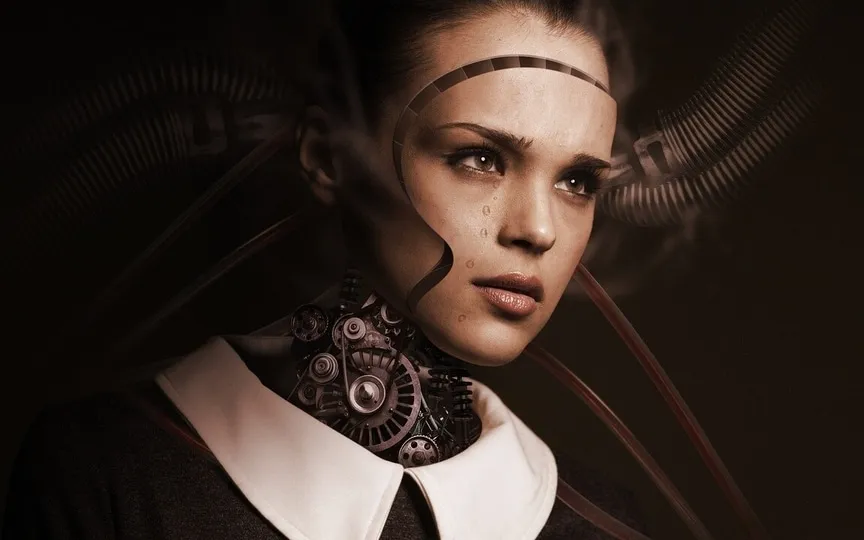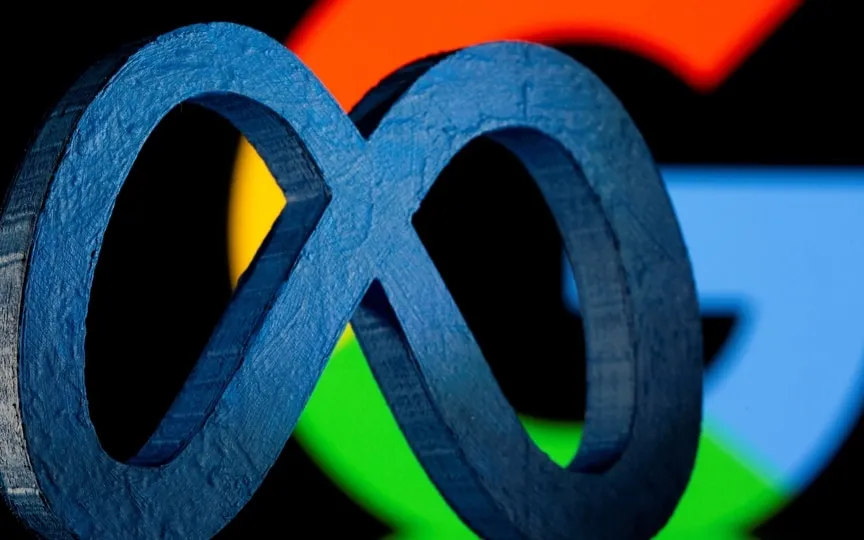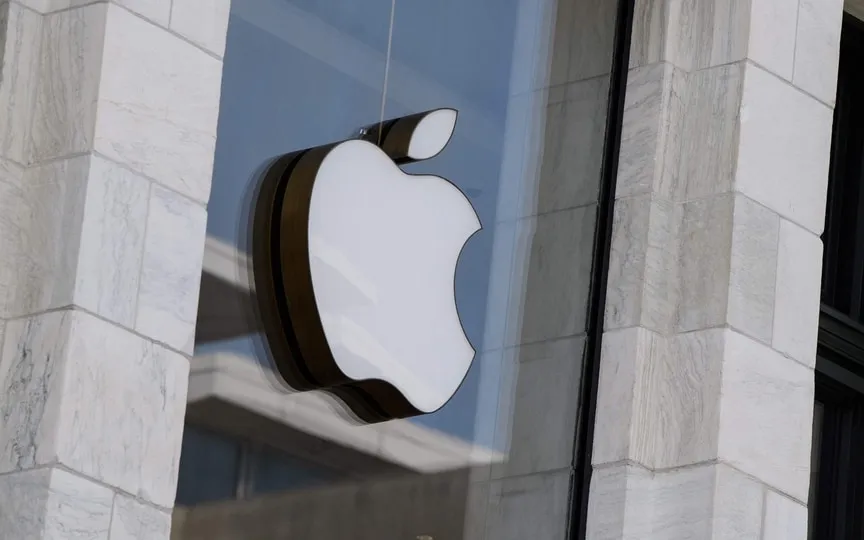Hyper-Realistic AI Images of White Faces: What You Need to Know!
According to a study released on Monday, artificial intelligence (AI) can now produce facial images that appear more authentic than actual photographs, but this is only true for individuals of white ethnicity.
Artificial intelligence is now so good at depicting white people that the images are “hyperreal,” says a report in the journal Psychological Science.
But AI tends to portray people of other ethnicities with white features because the data used to train the algorithms is biased, said lead author Amy Dawel of the Australian National University (ANU).
“If white AI faces are consistently perceived as more realistic, this technology could have serious consequences for people of color, ultimately reinforcing racial bias online,” he said.
The authors said it was vital to educate the public about the hyper-realism of today’s AI to avoid misinformation and online scams.
The researchers used 200 images – 100 created by AI and 100 of real people – and asked 124 participants which were artificial and which were real.
Of the five faces most often recognized as human, four were artificial intelligence. Four out of the five rated as artificial intelligence were humans.
The researchers conducted another experiment to try to understand why this was the case, asking more than 600 people to rate different attributes of the images – attractiveness, familiarity and image quality.
The researchers said there were clear differences between the AI and the real images, but participants either misinterpreted the details or missed them entirely.
For example, participants rated faces as human if they were more proportional, less memorable, and more familiar—but these features were more prominent in AI images.
The researchers used data from these observations to program a model that was able to accurately recognize more than 90 percent of faces.
“However, we cannot rely on these physical cues for long,” Dawael said.
“Artificial intelligence technology is developing so quickly that the differences between artificial intelligence and human faces will probably disappear soon.”




